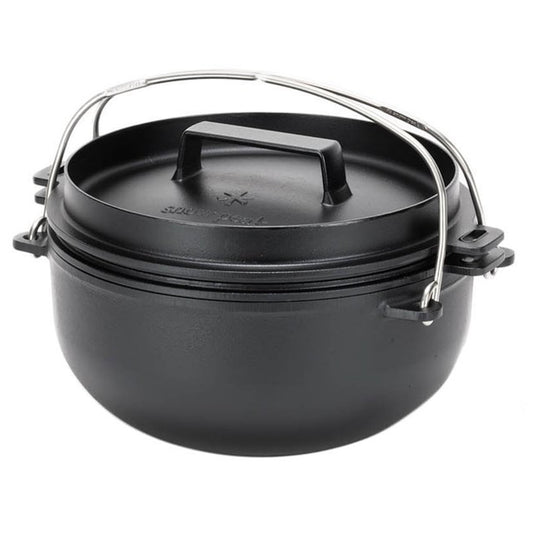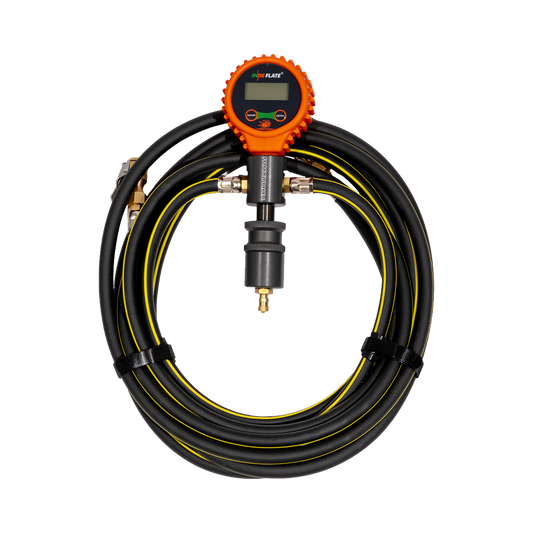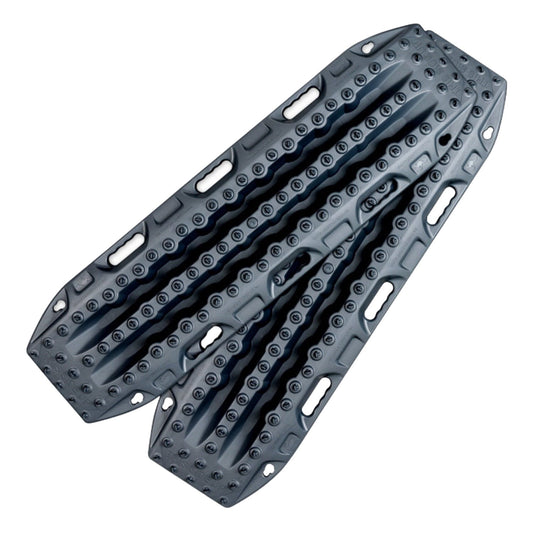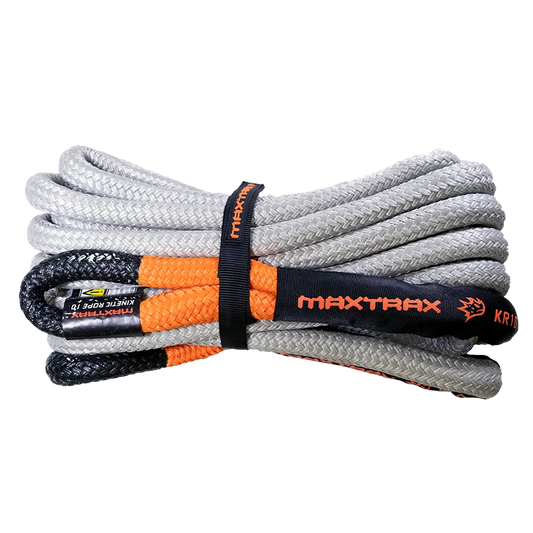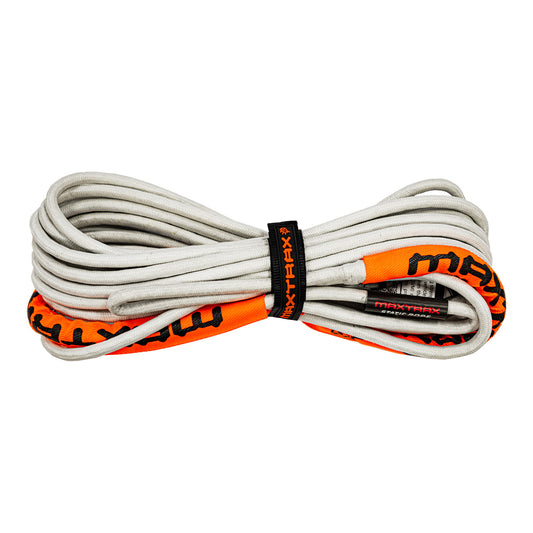
GVM upgrade, the basics
It’s a waste of potential that so many capable 4x4s end up trapped in a life of urban light duties. It’s because of this that the factory suspension isn’t geared to carry heavy loads, the majority of owners simply don’t need to.
For those new to the terminology, GVM stands for Gross Vehicle Mass. It’s the maximum legal weight a vehicle can be on the road, and it includes passengers, cargo, the 4×4 and every accessory fitted to it.
Upgrading the GVM is the process of increasing this legal weight limit.

Why it’s worth considering
Even those that are weight conscious when fitting accessories to an overlanding vehicle will usually find the kilograms still rapidly add up.
Then pack the essentials for off-grid travel like water, provisions, long-range fuel requirements, recovery equipment and camping gear. With most vehicles, it’s almost impossible to still weigh in under the standard GVM.
Upgrading the GVM of a vehicle makes it far easier to head off on a trip at a legal weight. This will keep you away from fines, any potential criminal charges, and will keep your insurance policy watertight.
But far more importantly, it’s worth considering why these laws exist. By travelling at a legal weight, your vehicle will be safer and so to will be your loved ones or mates going with you.
When off-roading, a suspension setup that is built to handle the conditions and is also engineered to carry additional weight, is far less likely to have issues along the way.

Does it help with towing
When it comes to vehicle weights, towing is where it can get confusing. Our vehicles come with a GCM which stands for Gross Combined Mass. This is the maximum legal on the road weight of our tow vehicle plus the weight of our camper.
The heavier our tow vehicle becomes (think cargo, people, accessories) the more of the GCM has been used up, so the less we can tow.
For those with vehicles with a large GCM towing smaller off-road campers, this usually isn’t an issue, but for heavy 4x4s and heavy vans, this is becoming a common problem.
Upgrading the GVM doesn’t increase the GCM, that issue is best solved by matching the appropriately loaded vehicle and tow load.
GVM upgrades do however usually result in the vehicle’s suspension better handling their more back heavy load caused by the downward hitch weight of the camper.
If the hitch weight is 100kg, then that is included in the GVM weigh-in, so an upgrade helps offset that too.

The process
Manufacturers need to design GVM upgrade kits to meet the ADR safety requirements. They then need certification by the Federal Department of Infrastructure and Transport.
As a consumer, it’s simplest to upgrade the GVM before registering the vehicle. Once an approved kit has been installed, it’s a simple paperwork process to finalise the upgrade.
Upgrading a registered vehicle is a process of fitting the same approved suspension, but there is usually an additional engineering sign off requirement which adds a little time and expense. The process varies from state to state, your local 4×4 store should be able to guide you through it.

Old Man Emu GVM upgrade
In our 76 Series LandCruiser, we went for an Old Man Emu GVM upgrade. It increased the GVM from 3,060kg to a solid 3,660kg. With a kerb weight of 2,265kg new, this equates to a 1,395kg payload. This is a considerable amount to start a build with.
ARB offers a range of Old man Emu upgrades to suit popular vehicles. They can either be paired with the Old Man Emu Nitrocharger Sport shock absorbers or the bypass BP 51s.
Old Man Emu has a solid reputation worldwide. They also have an extensive dealer network, which means replacing damaged parts should be an easier task wherever your travels may take you.
With the 76 Series being a somewhat agricultural vehicle we opted for the BP 51s to help soak up the bumps and add some comfort.

With most remote travellers choosing to upgrade their suspension anyway, the additional investment in an approved GVM upgrade is becoming a popular choice.





